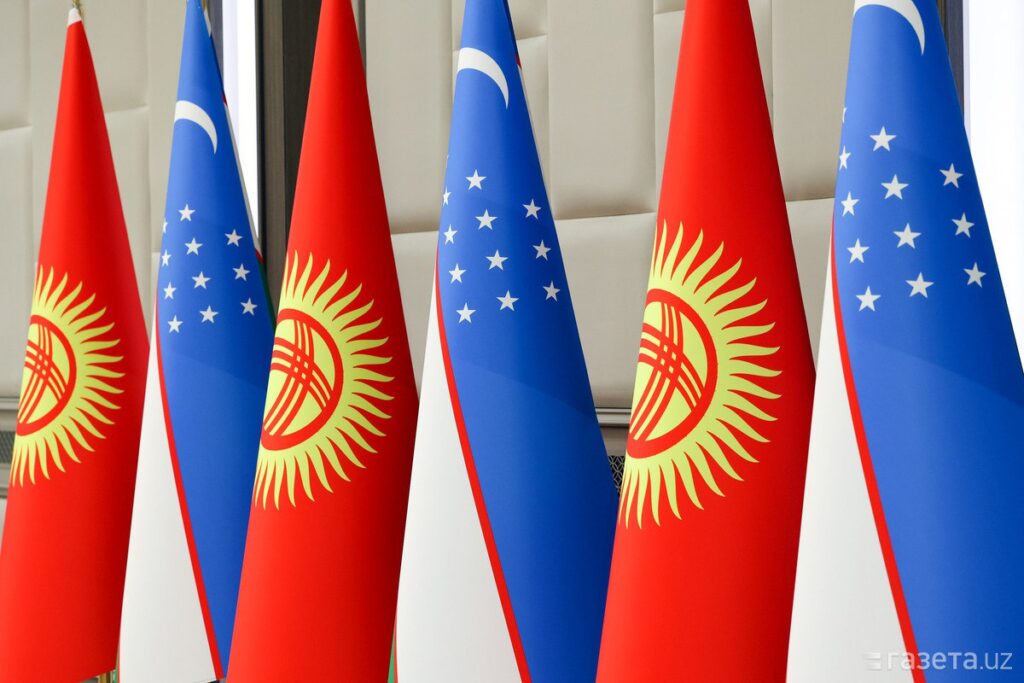Central Asia is heading toward a severe water crisis as climate change, population growth, and outdated infrastructure put increasing pressure on the region’s water resources, experts have warned.
At a recent roundtable on climate change and water management, Stanislav Pritchin, head of the Central Asia sector at the Russian Academy of Sciences, highlighted the growing threat.
Climate change is a major factor, as rising temperatures accelerate glacier melt – the primary source of freshwater in Central Asia. Meanwhile, rapid population growth is driving up demand. Uzbekistan, the region’s most populous country, has seen its population increase from 22 million in 1991 to an estimated 37.5 million in 2025. Across Central Asia, the total population is approaching 80 million.
Another challenge is outdated infrastructure. Pritchin noted that up to 50% of irrigation water is lost due to inefficient and aging systems. Moreover, the region lacks a strong institutional framework for managing water distribution and policy. While some cooperative projects exist – such as the joint construction of the Kambar-Ata hydropower plant – they are insufficient to address the broader crisis.
In response to these challenges, on February 19, the Asian Development Bank (ADB) approved a $125 million loan to help Uzbekistan improve water security, reduce losses, and enhance distribution efficiency.
The Climate-Smart Water Management Improvement Project aims to introduce advanced monitoring and management systems. Uzbekistan’s national water utility, Uzsuvtaminot, will implement digital technology to track water flow, minimize waste, and improve service delivery. The initiative will also establish a comprehensive inventory of water supply infrastructure and deploy a nationwide bulk flow metering and telemetry system.
“Uzbekistan’s water resources are under acute threat from climate change and inefficient usage,” said ADB Country Director for Uzbekistan, Kanokpan Lao-Araya. “ADB’s project introduces smart water management systems to improve water usage, reduce energy consumption, and increase operational efficiency to lower Uzbekistan’s carbon footprint.”
This initiative is part of Uzbekistan’s broader efforts to modernize infrastructure and prepare for future water challenges. However, experts caution that without stronger regional cooperation, no single country can fully resolve the crisis.









